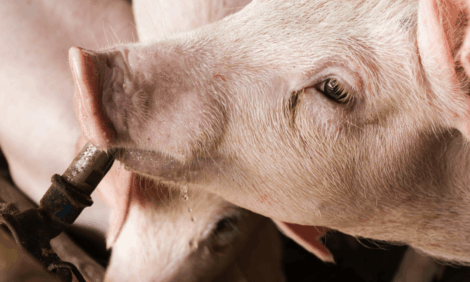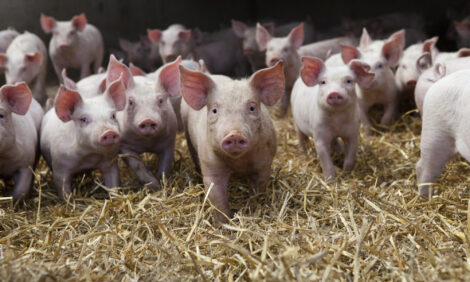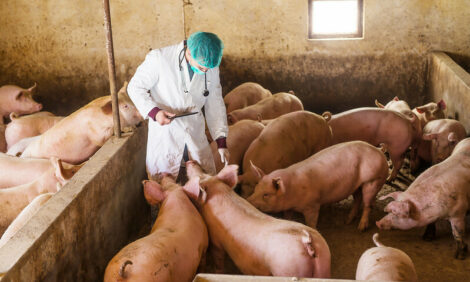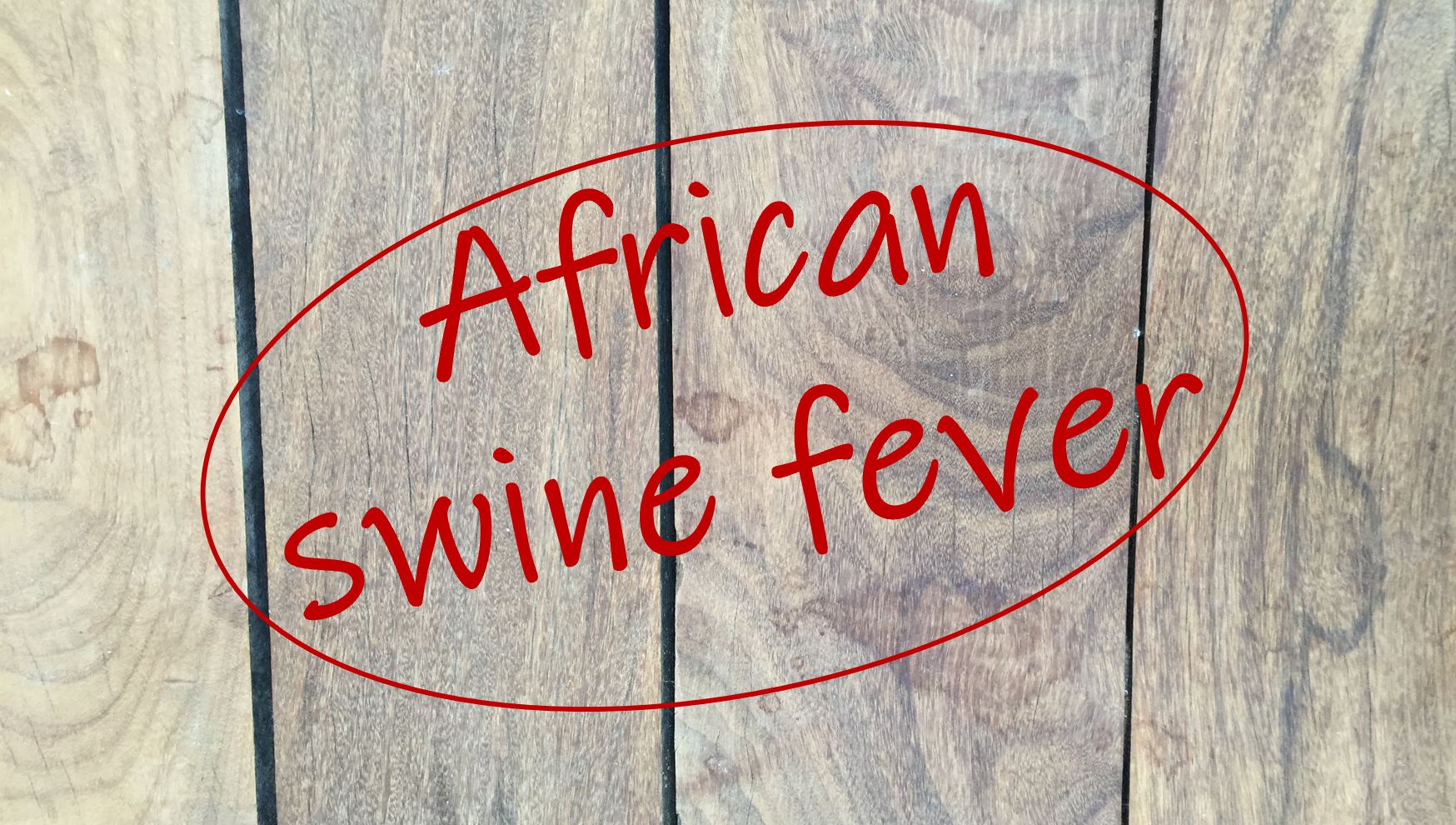



Leman: New research indicates PRRS variant 1-4-4 is virulent, but not worse than 1-7-4
Dr. Scott Dee, director of research with Pipestone Veterinary Clinic, spoke at the Leman Swine Conference about new research about the virulent nature of PRRS 1-4-4 L1CPart of Series:
< Previous Article in Series Next Article in Series >
“We wanted to study this because the industry was in a panic mode,” said Dee, “And they really seemed like they were going to throw in the towel, saying that this is the worst strain, that vaccines don’t work any more and that biosecurity protocols are no longer effective. That’s a defeatist attitude.”
To determine whether these predictions were true or false, Pipestone conducted a study to answer the following questions:
- How does the 1-4-4 strain compare to older strains, like 1-7-4?
- Is there a difference between vaccinated and non-vaccinated pigs?
- Do current biosecurity measures work to contain the spread?
Is PRRS 1-4-4 worse than previous viruses?
Based on Pipestone’s research data, while the 1-4-4 is clearly virulent, 1-7-4 actually negatively affects pigs more than 1-4-4 when tested against:
- Growth rate
- Mortality
- Treatment
When it comes to vaccines, they tested both the Boehringer and Elanco vaccines, and non-vaccinated pigs did significantly worse than the vaccinated pigs when it came to the same factors listed above.
Finally, Pipestone found that disinfectants did indeed kill the virus, feed mitigants neutralized the virus, and biosecurity measures like taking showers helped to reduce the spread.
“One of the interesting things we learned is that this virus can spread through feed,” said Dee. “We know how protective soybean meal is to viruses. If producers transport a load of soybean meal to their mill and in that process contaminate the truck, then they backhaul complete feed from the mill to the farm and feed it to the pigs, so we set up models to replicate that coordinated sequence of events.”
Their findings showed that if contaminated feed made it into a truck, and that truck wasn’t disinfected between loads, then the virus would make its way into the next load of feed that made its way into the truck. This could allow the virus to move very quickly, even to farms in remote areas of the US.
What does this new data mean for producers?
The ultimate goal of this study was to tell producers not to give up, to remain vigilant with their biosecurity efforts and to vaccinate their herds.
“We have the right tools, we have effective products, we can battle this virus just like we’ve battled all the different strains,” said Dee. “This is a highly virulent virus, but it’s no different than what we’ve dealt with in the past.”
Several specific actions farmers can take are:
- Implement biosecurity measures to “break the chain” and stop the virus from infecting farms (including looking at fomites, especially feed)
- Deploy a comprehensive vaccination program
- Invest in air filtration systems, as the data indicates that this is another effective method of stopping the spread












